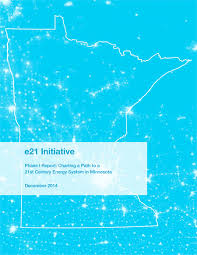Google Earth & Susquehanna-Roseland Xmsn
February 21st, 2015
New Jersey gets a bad rap, people here in the Midwest have no clue. People think of New Jersey, and they think of Newark (which has its good points, I really enjoyed officing there during the Susquehanna-Roseland hearing) which is a mess, vacant buildings all over the place, TALL vacant buildings…
 And that’s where the New Jersey Board of Public Utilities is, rolling a cart full of boxes back and forth from the R.Treat (right) to the BPU (big black glass smudged building under “Aug 2012”) in the snow was a joy:
And that’s where the New Jersey Board of Public Utilities is, rolling a cart full of boxes back and forth from the R.Treat (right) to the BPU (big black glass smudged building under “Aug 2012”) in the snow was a joy:
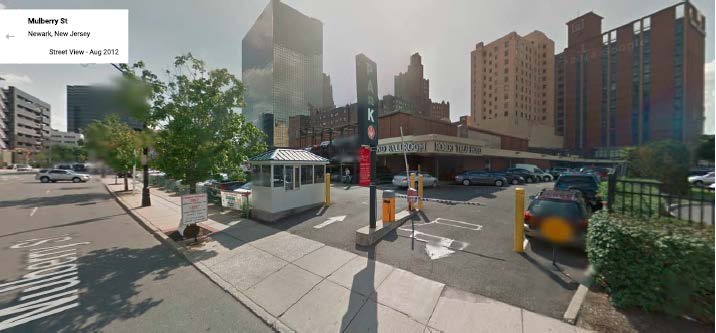 Anyway, there’s more to New Jersey than that. New Jersey where the Susquehanna-Roseland transmission line crossed is B-E-A-U-T-I-F-U-L. It’s a lot like northern Minnesota, granite and pine trees, stunning. Turns out my mother spent time there in the Army, and afterwards she worked at the Franklin Hospital, I think owned by the Franklin nickle mine.
Anyway, there’s more to New Jersey than that. New Jersey where the Susquehanna-Roseland transmission line crossed is B-E-A-U-T-I-F-U-L. It’s a lot like northern Minnesota, granite and pine trees, stunning. Turns out my mother spent time there in the Army, and afterwards she worked at the Franklin Hospital, I think owned by the Franklin nickle mine.
Google Earth maps are now showing the summer’s construction of the Susquehanna-Roseland transmission project, and… OH… MY… DOG…
Here are photos from Stop the Lines in 2013 of new access roads through the Mahlon Dickerson Reservation, Lake Hopatcong, NJ to build this monstrosity:
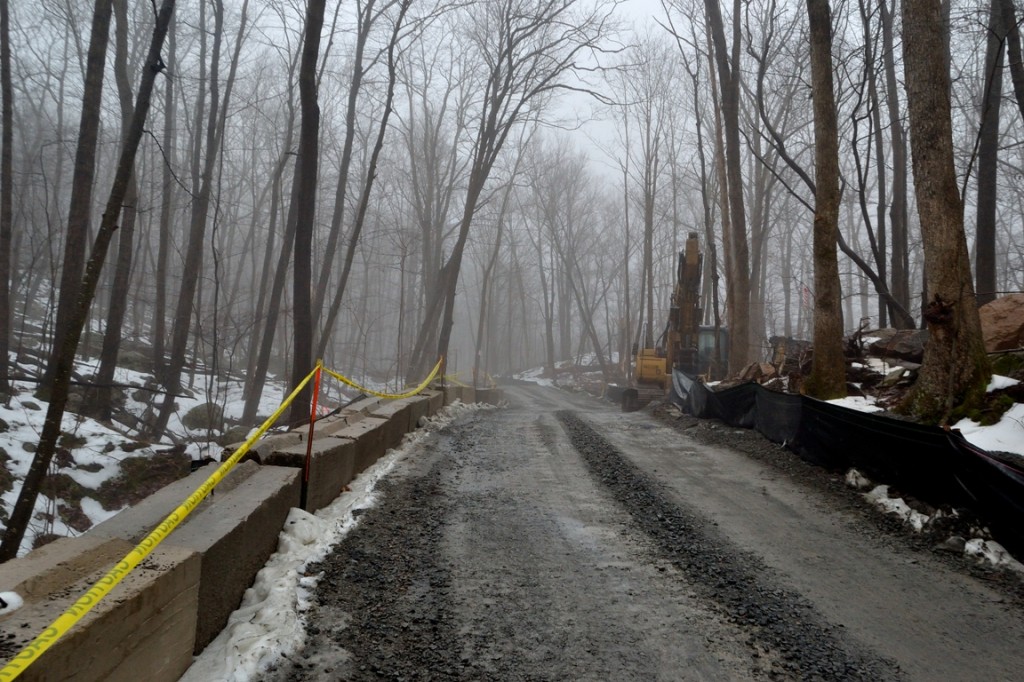 And just google that park for another perspective:
And just google that park for another perspective:
And the view from Headley’s Overlook and Lake Hopatcong:
Here’s Lake Mohawk, another example of bizarre transmission routing:
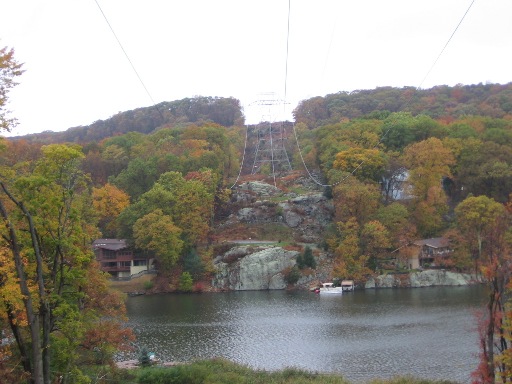 And at the heart of Stop The Lines resistence:
And at the heart of Stop The Lines resistence:
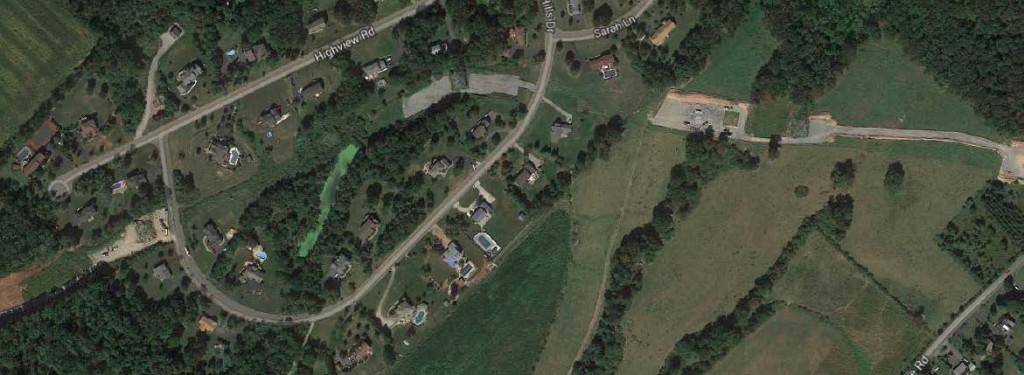 How’s that for a depressing photo? That’s Highview in Newton, NJ, and that’s a 500 kV AC line, TRIPLE BUNDLED (it originally was QUAD bundled, but that was over-reach beyond belief, and hey dropped it), HUGE capacity line, HUGE. Oh, and that’s the same configuration as the GNTL line. AAAAAAAAAAAAAAAAAAAAAAAGH! Look how close it is, and if ice coated lines and towers meet high wind, what happens if these crumple like others we’ve seen?
How’s that for a depressing photo? That’s Highview in Newton, NJ, and that’s a 500 kV AC line, TRIPLE BUNDLED (it originally was QUAD bundled, but that was over-reach beyond belief, and hey dropped it), HUGE capacity line, HUGE. Oh, and that’s the same configuration as the GNTL line. AAAAAAAAAAAAAAAAAAAAAAAGH! Look how close it is, and if ice coated lines and towers meet high wind, what happens if these crumple like others we’ve seen?
Check out these solar panels, house on Marksboro Road. The one just north has a roof full too, not just that garage!
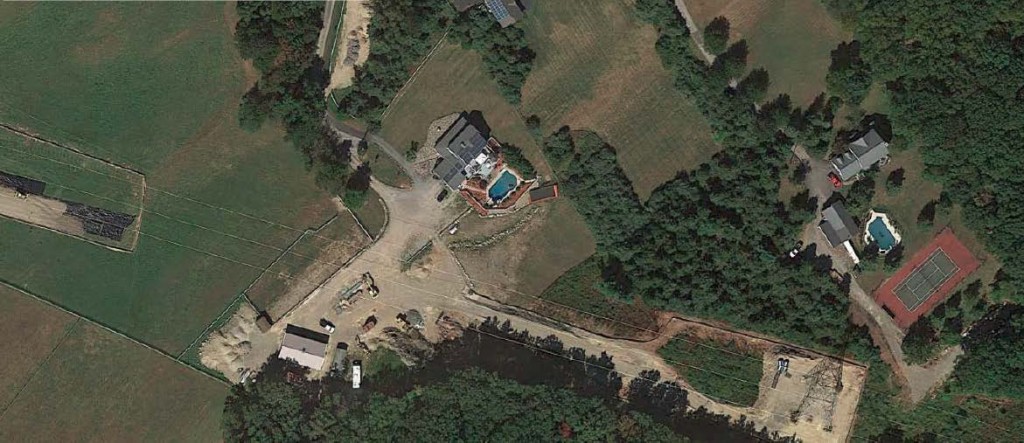 Here’s where it crosses Mt. Holly Rd. and you can see what the construction does to this field:
Here’s where it crosses Mt. Holly Rd. and you can see what the construction does to this field:
Here’s a view of the Picatinny Arsenal, thanks to Stop the Lines, and the tower is 215′ tall, the transmission towers through here will be ~25 feet shorter than this:
And yes, this is the transmission line that goes over the Delaware Water Gap and the Appalachian Trail! Here’s on the eastern side, NJ side, of the Delaware Water Gap:
DOH! The Delaware Water Gap is one of the country’s few Wild and Scenic Rivers (like our own St. Croix River):
Just the place for transmission! Enough… transmission sucks.
One of the perks of the job and being in the neighborhood was that I got to hear Phil Woods at the Deer Head Inn, he lives right around the corner. That must have been 2009, maybe 2010. His relatives on the Charlie Parker side came in from the east, place was packed, and as Ed Berger would say, “way outside.”
Washington State & Buy the Farm
February 18th, 2015
OH HAPPY DAY!!!!
Washington State is working on “Buy the Farm,” based on Minnesota’s law, which is an option for landowners facing condemnation for a transmission line to force the utility to buy them out, to “Buy the Farm.” A bill was introduced last Monday in the Washington State House:
House Bill 2047
It’s been referred to House Judiciary — here’s the page for status of bills:
Is this exciting or what?!?! Each state where transmission projects are proposed should get going and enact “Buy the Farm.” I’ve had a request to pass this around far and wide, so here goes!
Minnesota’s “Buy the Farm” law is, so far, the only one in the nation that provides and option for landowners to force the utility to buy them out, rather than just condemn a small easement. This allows landowners to get out from under a transmission line. Here’s Minnesota’s Buy the Farm:
Minn. Stat. 216E.12, Subd. 4. Contiguous land.
+++++++++++++++++
Some Buy the Farm background:
(from No CapX 2020)
Here are some photos I took yesterday of the CapX 2020 transmission project being constructed at White Bridge Rd. over the Zumbro River — UGLY UGLY UGLY, it’s ugly wherever it goes.
From KAAL-TV, filmed yesterday near Pine Island and Oronoco:
A long-time energy activist recently called “Buy the Farm,” Minn. Stat. 216E.12, Subd. 4, MY statute. And in a way, it is… For at least 15 years now, since the Chisago and Arrowhead Project, its been a constant mantra. I’ve been raising “Buy the Farm” in the administrative dockets, the courts and the legislature. If I had a dollar for every “Buy the Farm” flyer I’ve handed out at transmission line meetings and hearings, every mile driven across Minnesota, every hour greeting attendees, every legislator hounded, I’d never have to work again.
In 1999, World Organization for Landowner Freedom went to the Appellate Court after Minnesota Power filed for an exemption of its Arrowhead Transmission Project at the Environmental Quality Board and the exemption was granted by the EQB. Minnesota Power requested this exemption because the line was so short it was exempted from a Certificate of Need, so what the heck, let’s try to get it exempted from Power Plant Siting Act’s Routing requirements as well… and they did. One “unintended consequence” was that because it was exempted from the Power Plant Siting Act, landowners affected by the project were not able to elect “Buy the Farm” because it is part of the Power Plant Siting Act. But of course, I don’t think that was “unintended” at all.
What did the court say to our argument that the landowners didn’t receive notice that exemption would mean they couldn’t elect Buy the Farm? Well, can you spell “raspberries?”
Due process challenge to notice to landowners
Ja, tell that to the landowners under the 345 kV line… (and btw, sufficiency of notice WAS raised).
In 2001, when the legislature changed the definition of “High Voltage Transmission Line” to a transmission over 100 kV, utilities realized it would mean lines such as the SE Metro line or the Chisago Transmission Project would be affected, so they went to the legislature to get the threshold for Buy the Farm raised to 200 kV. There was strong resistance, we stormed the Capitol, showed up and testified, but they won, lined up their toady legislators and got it through. The result? Landowners under all of these 69 kV “upgrades” to 115 kV and 161 kV are not able to elect the “Buy the Farm” option, despite it now being categorized as “High Voltage Transmission.”
Then the utilities began their transmission build-out, and massive it is. Having to comply with “Buy the Farm” would greatly increase their construction costs, though they are required to sell BTF land acquisitions within a few years. And over a decade later, in the St. Cloud area, with the first of the CapX 2020 projects to wind through the courts for condemnation, Xcel fought kicking and screaming against landowner elections of Buy the Farm and demands for relocation compensation. Jerry Von Korff led the charge for landowners and No CapX 2020 and United Citizens Action Network filed an Amicus brief. Xcel lost:
Buy the Farm — A Win For The Home Team!
That decision, for the landowners fighting for their right to elect Buy the Farm and for an award of relocation expenses, was a big slap upside the head for those utilities trying to limit landowner compensation — Xcel fought it through the Appellate Court and all the way to the Minnesota Supreme Court — losers again:
Minnesota Supreme Court Opinion – Court File A11-1116
Did they learn? Naaaaaaaaaah… and here they go again, with another great win for landowners in the District Court:
Minar Order_Buy the Farm
This decision establishes yet another point on the “Buy the Farm” line showing that landowners do have rights, and can elect the Buy the Farm option.
What’s particularly important in this case is that the judge recognized that it’s NOT about the substantive issues of EMF, that causation is not at issue in an eminent domain condemnation proceeding (anymore than it is in an administrative permitting proceeding, but see Power Line Task Force v. Public Utilities Commission (2001) for the appellate view on EMF and the PUC’s responsibility for safe electricity), that experts are utterly irrelevant and should be disregarded and really, shouldn’t have been admitted — that framing by Xcel is distraction:
If only the Public Utilities Commission and the Administrative Law Judges working these cases would get that message.
The trend continues… Buy the Farm is the law in the state of Minnesota. Utilities, get used to it. If you want to take land, pony up.
Will Xcel challenge this District Court decision? We shall see, and if they do, we’ll have Amicus “pen” in hand to again join the fracas in support of landowners.
Xcel Energy’s IRP “Stakeholder” meeting
February 10th, 2015
Today is the Xcel Energy “stakeholder” meeting for “stakeholders” at the PUC. For the IRP docket, CLICK HERE and search for PUC Docket 15-21.
Here are their scenarios:
Regulatory process and timeline. January 2 filing, 900 pages, and today between that filing and March 16, 2015 filing. That March 16 filing will be next piece and will complete filing of plan to Commission, then forward with Information Requests and stakeholder meetings, and then PUC decision within next year or so, depending on what’s happening in stakeholder process. Three components:
1) CAPCON Order (capacity acquisition process)
- Aurora Solar
- Calpine combine cycle expension
- Black Dog 6 Natural gas
2) Increase small solar forecast
3) Sherco Retirement Scenario
- Sherco 1 & 2 retirement in 2020
- Sherco 1 retirement in 2020, Sherco 2 retirement in 2023 (based on capacity acquisition process, retirement, etc. scheduling)
For questions about the IRP, contact Jim Alders james.r.alders@xcelenergy.com
This is on the heels of last night’s meeting of “Citizens League Electric Energy” group. From the Citizens League site:
- Read the Electrical Energy Phase I Report
- Read the Electrical Energy Phase 2 Report
And notes from committee meetings:
The January 26 meeting isn’t posted, but I scanned them in and will post later. They had a charge of the “committee” in the Phase 2 Report to support Xcel Energy’s “e21 Initiative” below:
That charge contained this specific direction:
… the Citizens League Study Committee will be asked to draft both a statement and legislation to direct the Public Utilities [Commission] to convene this public dialogue with the support of external stakeholder efforts.
So we shouldn’t have been surprised… That charge was pretty much fulfilled and presented to the group last night, BUT the good news is that in addition to Alan and my objections to that endorsement of the “e21 Initiative,” there were several long-time Citizens League members who objected to the way that this was done and the endorsement of the e21 Initiative. (I’ll insert the draft when I get back)
Short version, the Draft was soundly rejected. WHEW!
And for those concerned about this e21 Initiative, Intervene!!! Yes, Citizen’s League, that’s something YOU can do!
Just filed Petition for Intervention in Xcel’s e21 Docket
February 4th, 2015
Just filed Petition for Intervention in Xcel’s e21 Docket
February 4th, 2015
Yes, I’ve filed this under “Energy” “Disaster” because it’s a train wreck of a proposal, and I cannot believe people would buy into this… or sell out into this. What, you say? e21!
In December, Xcel filed this, and I swear, this was the heading:
REQUEST FOR PLANNING MEETING AND DIALOGUE ROADMAP FOR SUPPORTING THE e21 INITIATIVE
“Roadmap for SUPPORTING?” Really…
So what is it? It’s a lot of whining about how hard it is to be a utility and that things are changing. Ummmmm… yeah. As if Xcel didn’t know that?
It feels to me like it’s another whack at “restructuring,” a/k/a deregulation, and a “we’re too big to fail” argument. And as before with “restructuring,” everyone’s getting in line, jumping on the bandwagon.
Listen to this recommendation:
(J)1. Encourage the use of, and give additional weight to, settlement agreements among parties, as long as the Commission determines that the agreements are in the public interest.
Really…
And now that we’ve permitted and built all this excess transmission capacity, they’re whining about under-utilization… can you believe it? Check this recommendation:
(N) Identify and develop opportunities to reduce customer costs by improving overall grid efficiency. In Minnesota, the total electric system utilization is approximately 55 percent (average demand divided by peak demand), thus providing an opportunity to reduce system costs by better utilizing existing system assets (e.g., generation, wires, etc.).
This sounds like the best opening to get into the CapX and MVP dockets and get them revoked. Give me a break…
So I just filed this, we’re gonna do what we can:
Why file for intervention? Well, this thing is all about stakeholders, and argues that, hey, look, all the stakeholders agree so just do it. Ummmm… right… and just who are the stakeholders? Those who have made those agreements with them in the past that got us right where we are today, DOH! What a fine mess you’ve gotten us into… let’s not do it yet again!
A few of transmission’s paid shills
February 4th, 2015

How many of these does it take to buy support for these transmission projects ripping across the Midwest? Not all that many…
For Center for Rural Affairs, “Clean Energy” means “transmission.” Look at their site:
And of course Wind on the Wires has always been all about transmission.
So here’s an update on just a few of transmission’s shills from the McKnight Foundation Climate and Energy grants page, and note, this is JUST 2014:
Center for Rural Affairs
Lyons NE
to engage local communities in establishing environmentally responsible siting for clean energy transmission in Wisconsin and Iowa, and to co-support the RE-AMP Rural Communities Caucus leader and staff coordinator
Program Area: Midwest Climate & EnergyYear Approved: 2014Grant Amount: $150,000
++++++++++++++++++++++++++++++++
Clean Wisconsin, Inc.
Madison WI
for general operating support
Program Area: Midwest Climate & EnergyYear Approved: 2012Grant Amount: $75,000++++++++++++++++++++++++++++++++
Fresh Energy
St. Paul MN
to expand Midwest Energy News’ reporting on Minnesota’s transition to a clean energy economy
Program Area: Midwest Climate & EnergyYear Approved: 2014Grant Amount: $75,000to support collaboration on Minnesota energy policy communications
Program Area: Midwest Climate & EnergyYear Approved: 2011Grant Amount: $50,000+++++++++++++++++++++++++++++++++++++++
RENEW Wisconsin, Inc.
Madison WI
to support the expansion of Midwest wind power through clean energy transmission
Program Area: Midwest Climate & EnergyYear Approved: 2014Grant Amount: $20,000+++++++++++++++++++++++++++++++++++++++
Rockefeller Family Fund, Inc.
New York NY
to support RE-AMP efforts to promote policies that combat global warming
Program Area: Midwest Climate & EnergyYear Approved: 2013Grant Amount: $5,000,000to support RE-AMP efforts to promote policies that combat global warming
Program Area: Midwest Climate & EnergyYear Approved: 2010Grant Amount: $4,225,000to support RE-AMP efforts to promote policies that combat global warming
Program Area: Midwest Climate & EnergyYear Approved: 2008Grant Amount: $2,000,000+++++++++++++++++++++++++++++++++++++++++
Wind on the Wires
St. Paul MN
to support work on Midwest transmission policy and planning
Program Area: Midwest Climate & EnergyYear Approved: 2014Grant Amount: $250,000
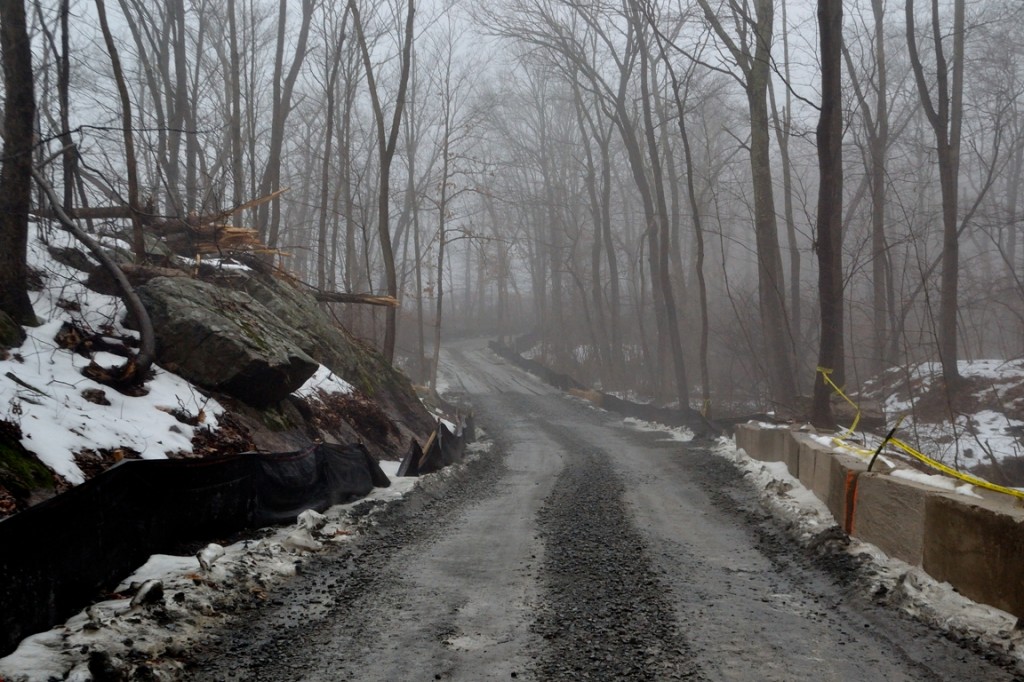
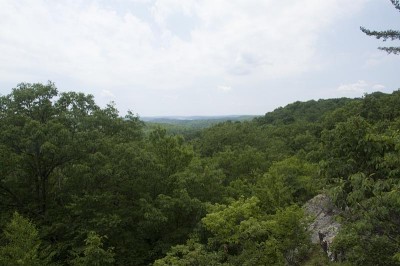
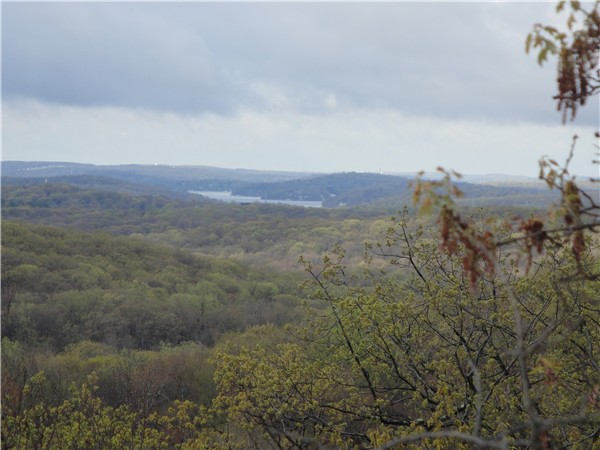
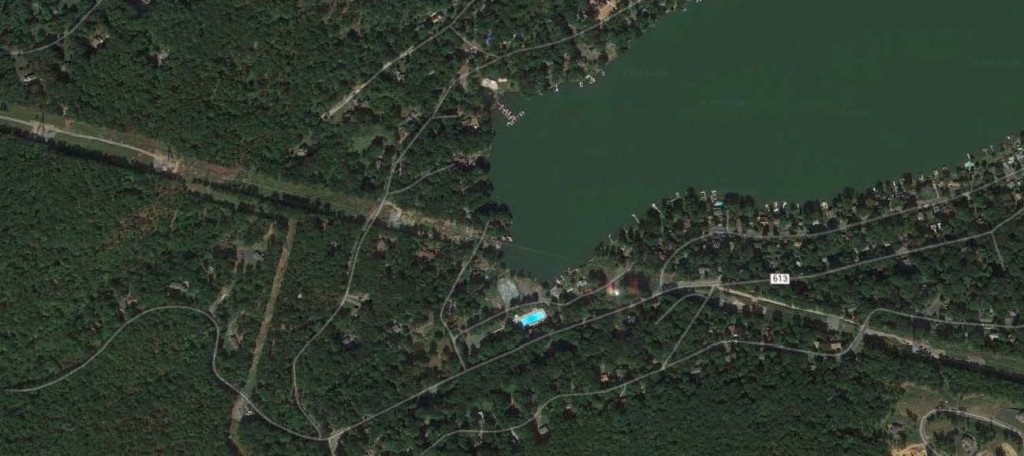
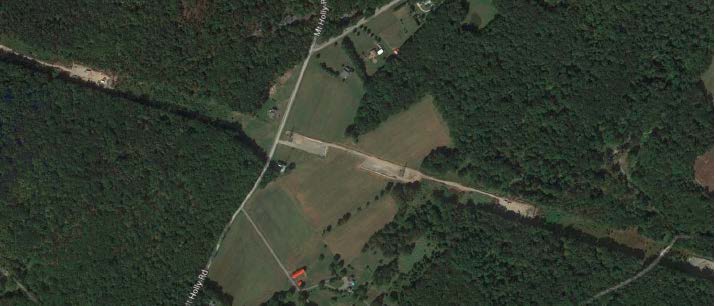

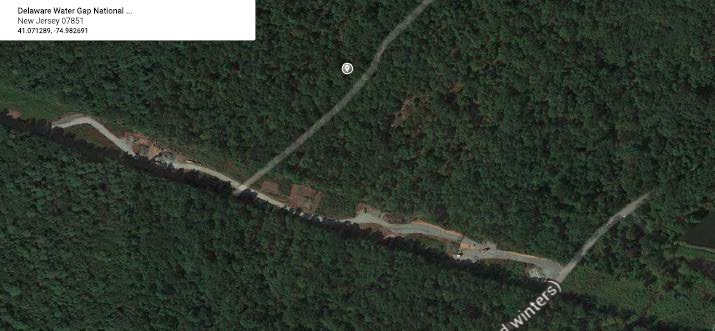
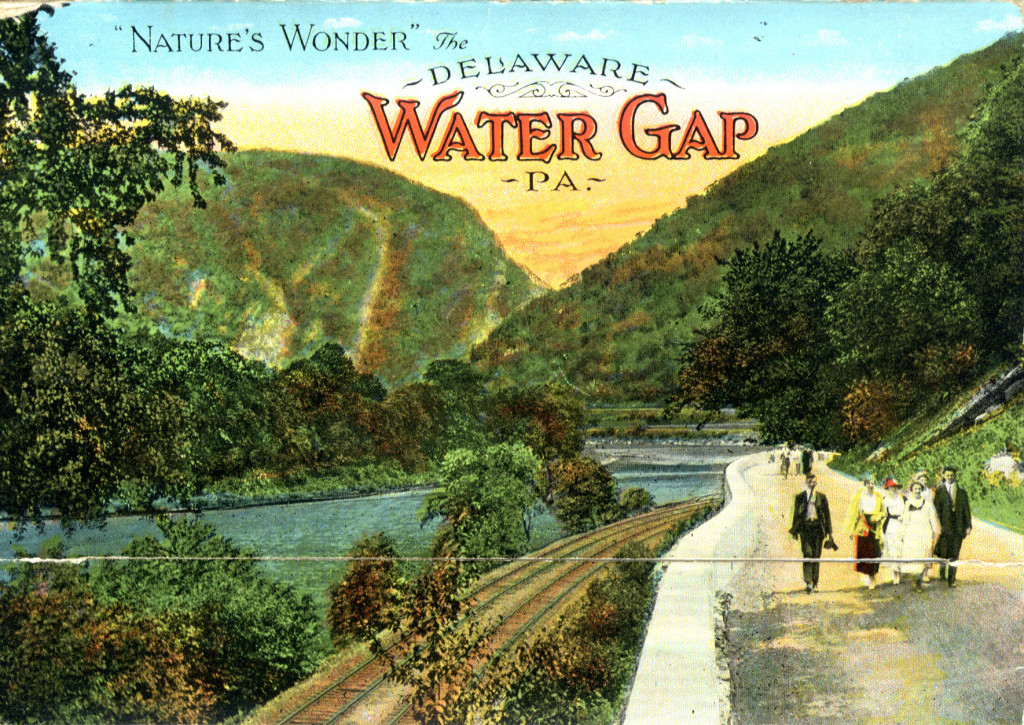
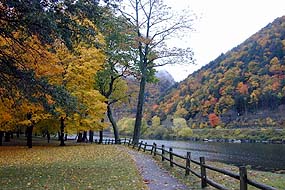
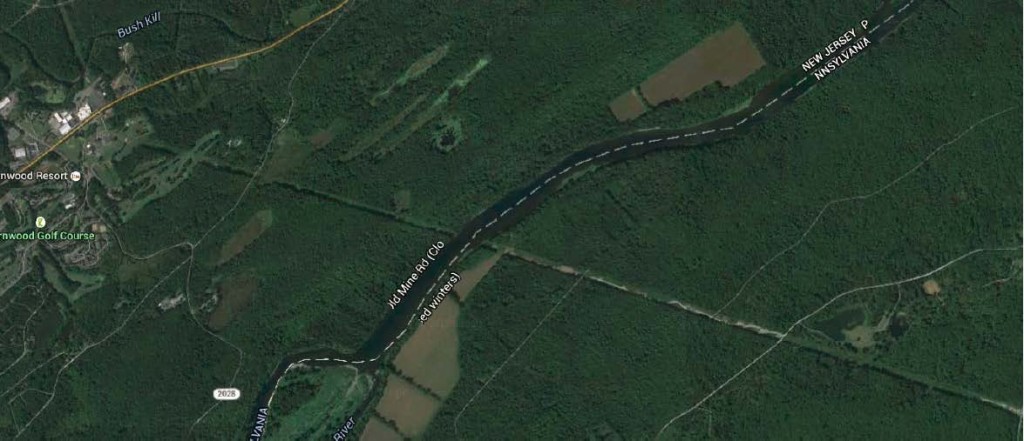
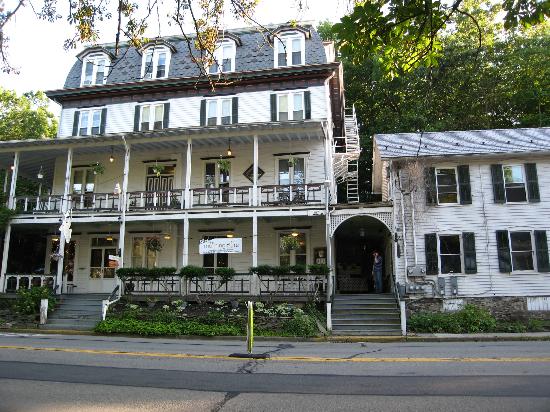
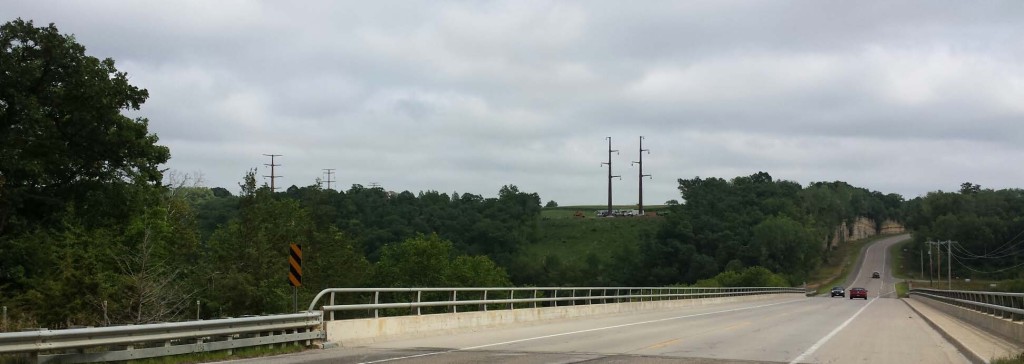
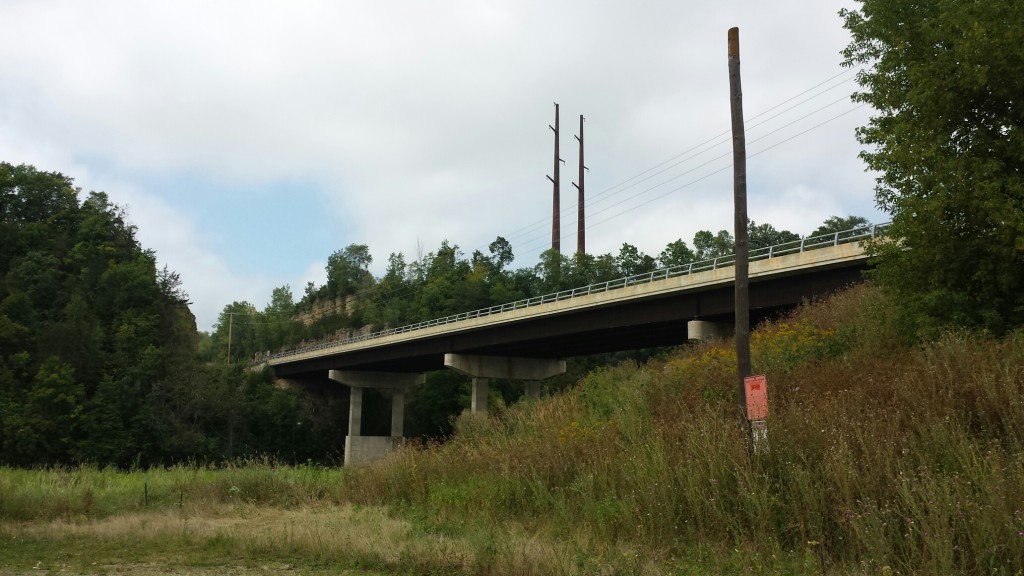
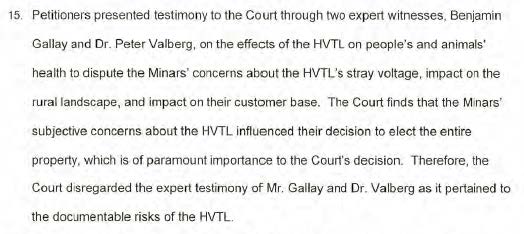
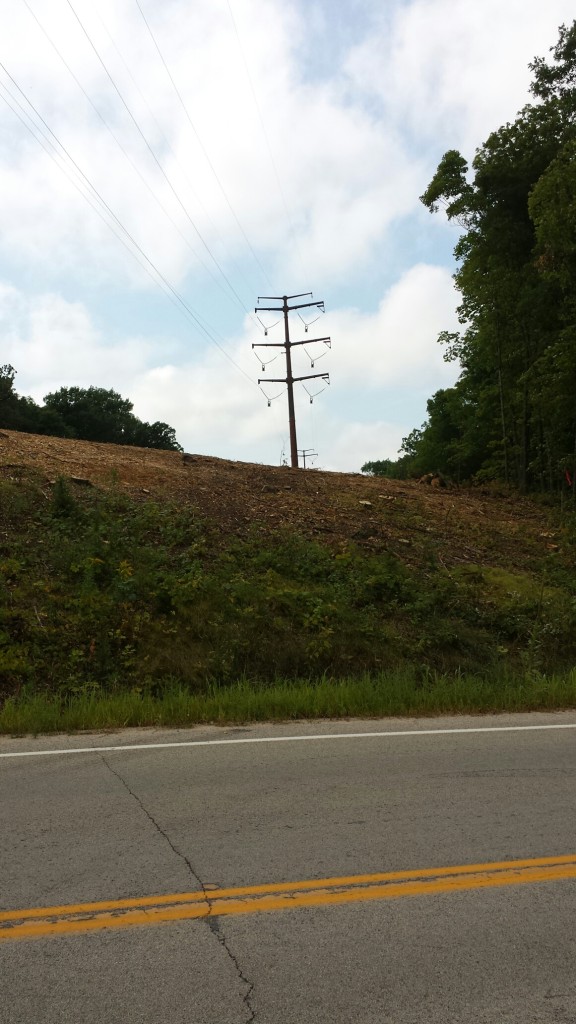
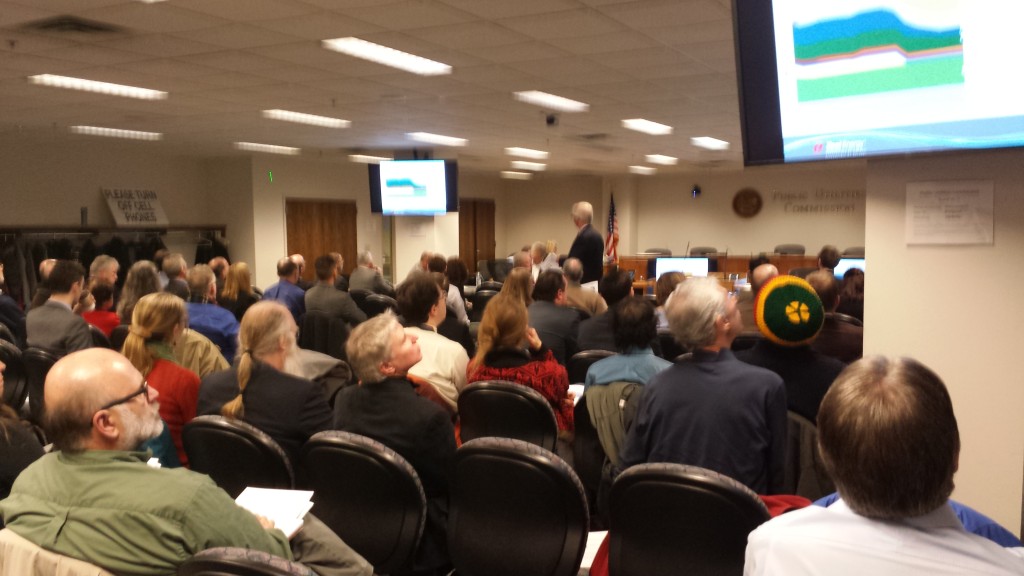
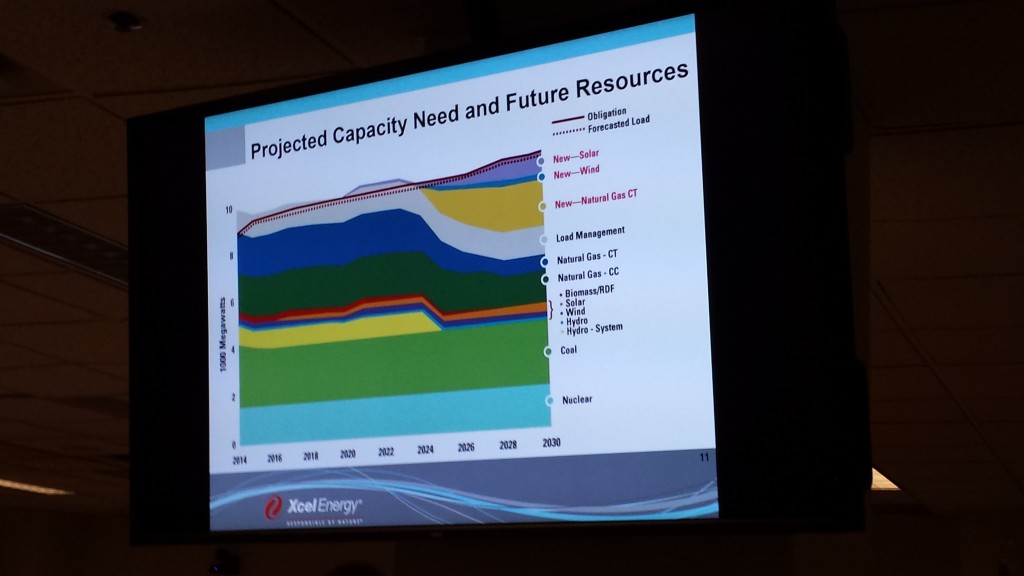
![20150210_103218[1]](https://legalectric.org/f/2015/02/20150210_1032181-1024x576.jpg)

